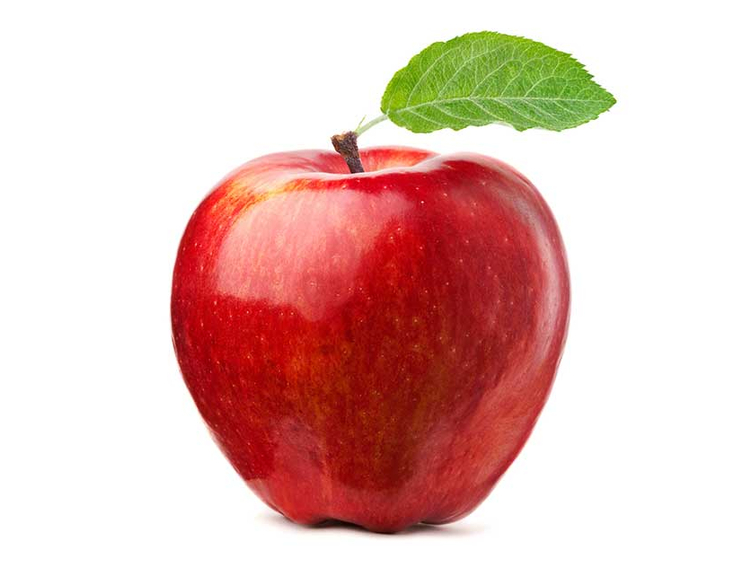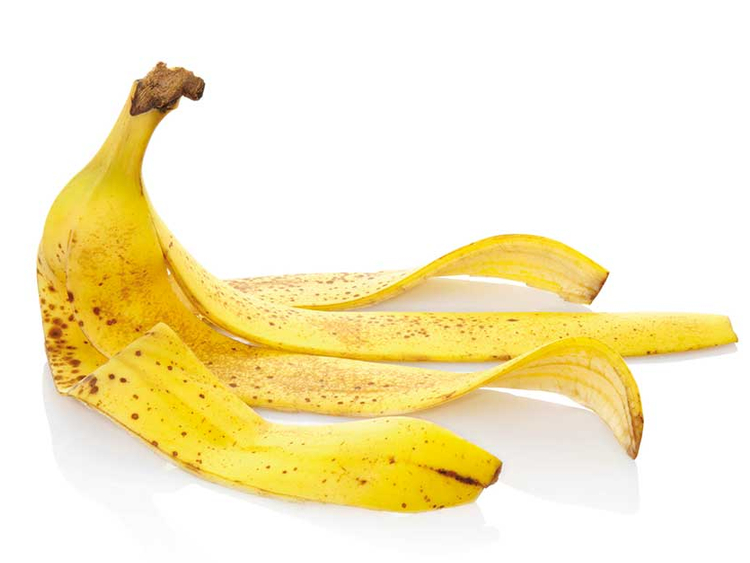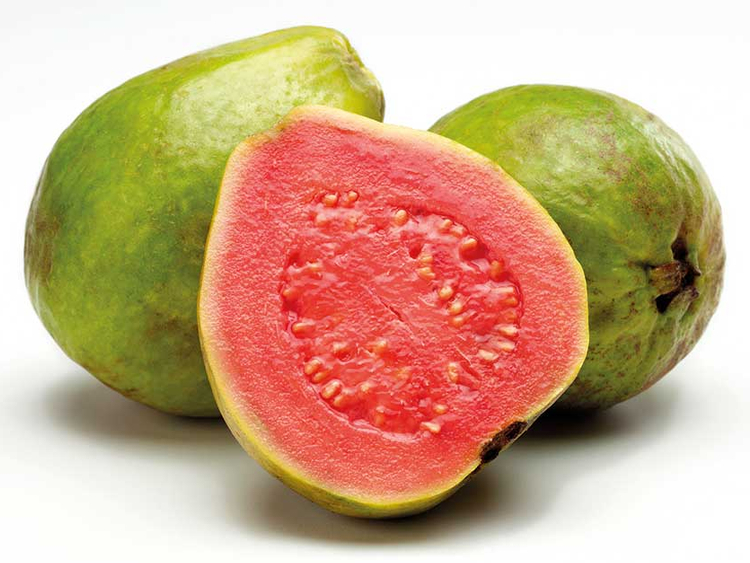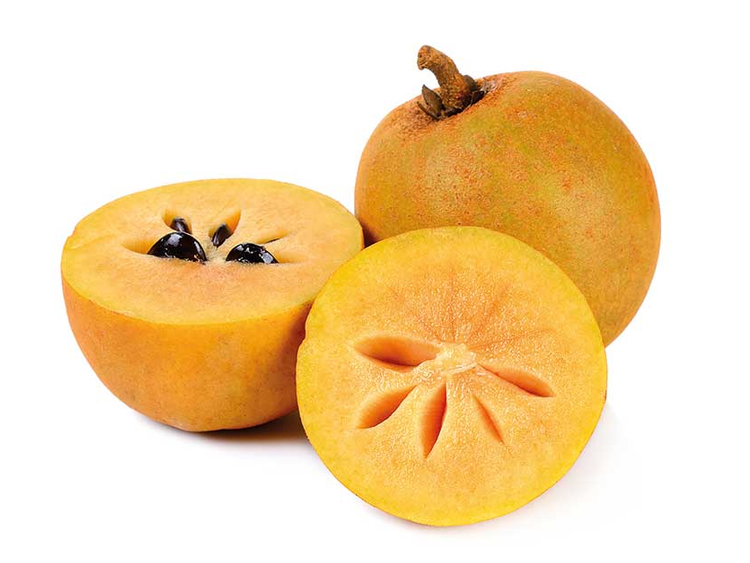In this category, the fruits that can have a high pesticide residue include peaches, plums, grapes, apples, tomatilloes, strawberries, all kinds of berries and guava, among others.
Nadine Aoun, nutritionist, says: “Many vitamins and nutrients are found in the peels as well as the flesh."

Take apples for instance. According to the United States Department of Agriculture (USDA), a large red apple eaten with its peel has about 5gm of fibre, 13mg of calcium, 239mg of potassium, and 10mg of vitamin C. Eaten without its peel, a red apple still contains about 3gms of fibre, 11mg of calcium, 194mg of potassium, and plenty of its vitamin C and other nutrients.
Here are other fruits you can eat along with its peel:
Chikoos (Sapodilla/sapota)

Nearly 50% of the nutritive components are present towards the peel.
Grapes

Purple grapes are rich in anthocyanins while white /green grapes compose more of tannins, especially, catechin. These antioxidant compounds are concentrated densely in the skin and seeds.
Guava

The skin of guava has antimicrobial properties against bacterial strains of Staphylococcus aureus and MRSA strains, which are highly antibiotic-resistant bacteria. The phenolic compounds in the skin, namely Gallic acid and Ferulic acid, help fight infections by breaking the cell wall of these bacteria.
Banana

The peel contains lutein essential for eyesight. An amino acid, tryptophan is more highly concentrated in the peel than the inside - it helps to control mood swings.
Although the peel has a bitter taste and a tough, ropey consistency most people aren’t used to, an overripe banana (brown or black) becomes thinner, sweeter and easier to chew. You can also put the peel (ripe or overripe) through a juicer with the rest of the banana. Or, you can boil the peel for several minutes to make it softer, or throw it in the frying pan to crispen. If you want to get really creative, bake a banana peel in the oven for 20 minutes or so, or until it becomes dried out, then use it to make tea.
Benefits of fruits
All fruits mentioned are a rich source of antioxidants like vitamin A, C, other B complex, soluble fibre, minerals like potassium and other phyto-nutrients.
“The nutrient content of these fruits are closer towards their peels,” says Dr Juliot Vinolia, a clinical dietician and consultant nutritionist.
“Removing the peel is equal to removing 3/4th of the nutrients and soluble fibre in them. However peeling these fruits to some extent does eliminate pesticide residue. For fruits that have lesser water content and a thick cover, yes to some degree it does remove the pesticide residues," Vinolia says.
"Pesticides seep into fruits that have more water content and thin outer layer. Also the volume of pesticide residue would depends on the degree and the amount of pesticide exposure. Ignorance of the farmers on how much of a concentration of these chemicals to be used, makes fruits and vegetables more exposed to high quantities of chemicals,” Vinolia says.















